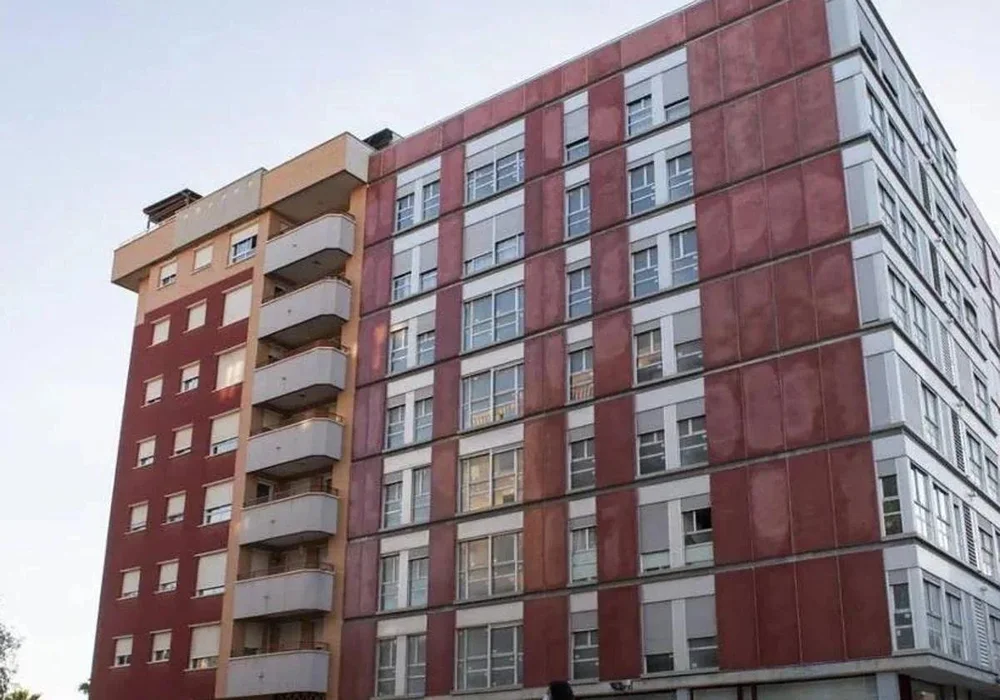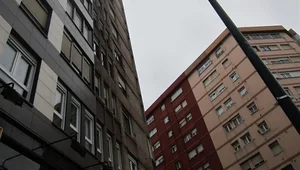Transforming Local Spaces into Community Housing: A Complex yet Promising Solution for Spain's Housing Crisis

In the midst of Spain's ongoing housing crisis, innovative approaches to community housing are gaining traction, particularly among expats and locals alike. One such initiative involves transforming local spaces into vibrant community housing, a concept that is both promising and fraught with challenges.
The Need for Community Housing
Spain's housing crisis, characterized by soaring property prices and a severe shortage of affordable rental homes, has led to widespread unrest and protests. The government, under President Pedro Sánchez, has proposed various measures to address this issue, including public housing initiatives and tax incentives for landlords. However, these plans have been met with criticism from both the construction and real estate sectors, as well as consumer groups, who argue that the measures are either too interventionist or insufficient[2][4].
Innovative Solutions: Community Housing Projects
In response to these challenges, several architectural studios in Spain have been pioneering community housing projects that prioritize sustainability, integration, and community engagement. For instance, the project "La Borda" by Lacol Arquitectura Cooperativa in Barcelona stands out as a model of community-driven housing. Born out of a neighborhood initiative in 2012, La Borda involves the transformation of the old industrial complex of Can Batlló into a block of social housing. This project exemplifies how collective need can drive community recovery and access to housing[1].
Another notable example is the "72 Social Housing at the Marina del Prat Vermell" designed by MIAS Architects and Coll-Leclerc Arquitectos. Located in a historic textile colony in Barcelona, this housing complex ensures that all homes have at least two hours of sun exposure, complying with sustainability criteria to minimize the building's carbon footprint[1].
Challenges and Opportunities
While these projects offer a beacon of hope, they are not without their challenges. The process of transforming local spaces into community housing often involves complex bureaucratic hurdles. For example, the stringent requirements for housing construction, such as high fire protection standards and specific material regulations, can make maintaining affordable rents difficult. Landlords and property owners often pass these increased costs onto tenants, exacerbating the housing affordability issue[3].
Despite these challenges, community housing projects also present significant opportunities. They foster a sense of community and integration, as seen in the "ALI BEI" social and temporary housing center in Barcelona, designed by Arquitectura Produccions, Pau Vidal, and Vivas Arquitectos. This project features a large communications courtyard and walkways that promote social interaction among residents, highlighting the importance of community spaces in urban design[1].
Government and Political Perspectives
The Spanish government's approach to addressing the housing crisis is highly debated. The current administration's plans include tax incentives for landlords and guarantees to protect tenants, but critics argue these measures are too interventionist and could deter private investment. The opposition, led by the Partido Popular (PP), advocates for a more deregulated approach, proposing tax cuts and financial aid for young buyers to make homeownership more accessible[2][4].
Conclusion
Transforming local spaces into community housing is a complex but promising solution to Spain's housing crisis. While bureaucratic and financial challenges abound, the benefits of community-driven housing projects are clear. These initiatives not only provide affordable housing but also foster a sense of community and sustainability, making them a vital part of the broader effort to address Spain's housing woes. As the debate continues over the best approach to solve this crisis, one thing is certain: innovative and community-focused solutions will play a crucial role in shaping the future of housing in Spain.
Related Stories

Hermigua Municipality Initiates Public Housing Project with Land Acquisition
Hermigua on La Gomera announces a public tender for land to build public housing, aiming to meet the growing demand for affordable living spaces.

Canary Islands Grapple with Demographic and Migration Challenges: Local Solutions Proposed
Facing demographic and migration challenges, the Canary Islands propose measures to integrate migrants and address an aging population, amid a surge in arrivals.

Economic Ways to Heat Your Home This Winter: OCU's Guide for Expats in Spain
OCU shares three cost-effective heating methods for expats in Spain, including optimizing heating systems, using layered insulation, and smart heating schedules, to cut winter bills.

Hostelers in Cantabria Demand Regulation of Tourist Apartments, Campervan Areas, and Street Parties
Hostelers in Cantabria call for regulation of tourist apartments, campervan areas, and street parties to combat unfair competition and ensure a level playing field in the hospitality industry.

New Housing Development Approved in Puerto Naos, La Palma
La Palma's Cabildo approves 21 new homes in Puerto Naos, aiming to boost local housing, economy, and tourism while preserving natural beauty.